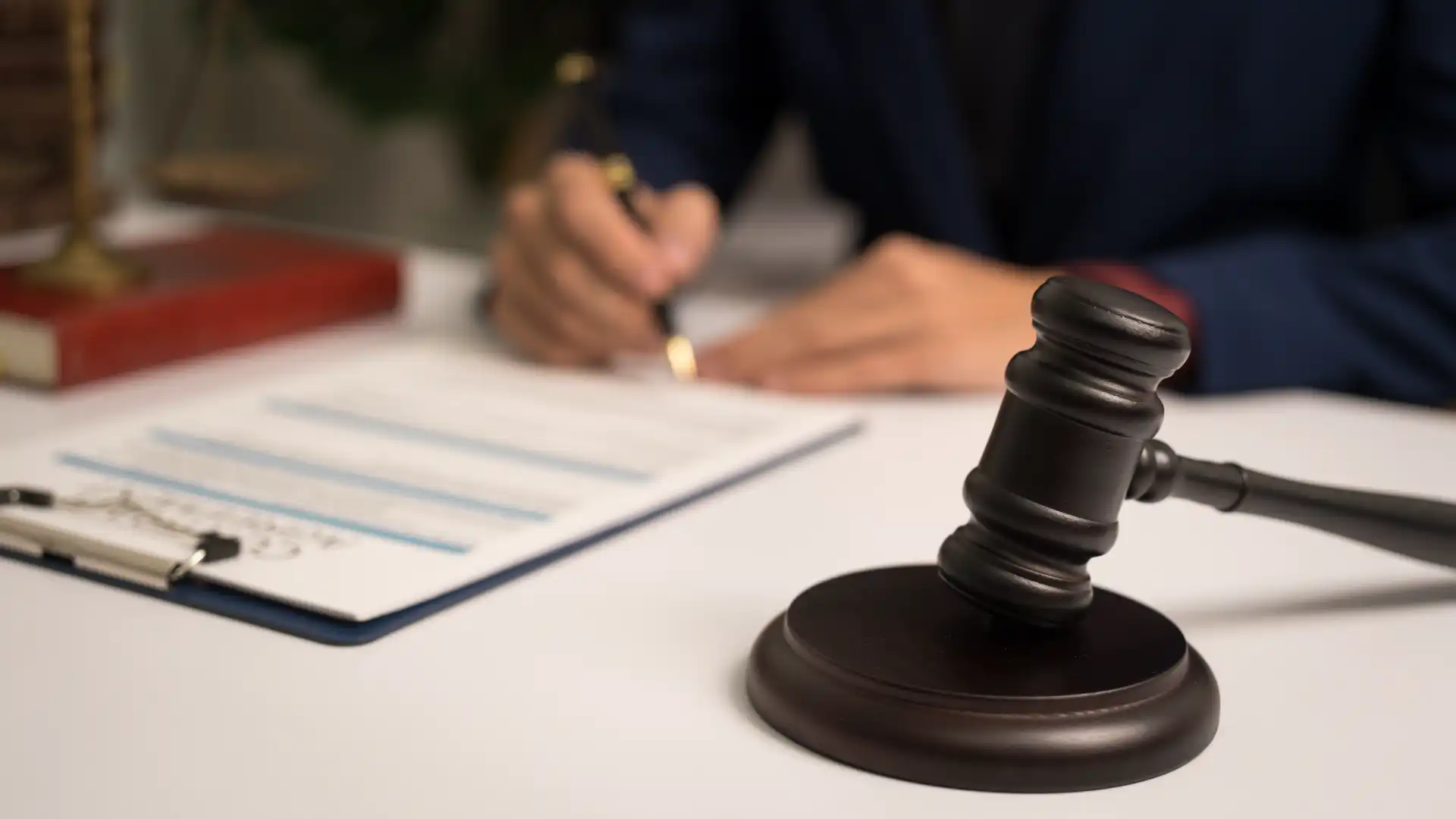How to File a Patent in the U.S.: A Step-by-Step Guide for 2025
If you’ve created a new product, process, or invention, securing a patent is a critical step to protect your intellectual property. Knowing how to file a patent in the U.S. ensures that your innovation is legally protected against unauthorized use, reproduction, or sale.
Whether you’re an independent inventor, startup founder, or R&D professional, this updated 2025 guide walks you through the full patent application process — from idea to approval.
What Is a Patent?
A patent is a legal right granted by the U.S. government that gives the inventor exclusive rights to make, use, or sell an invention for a limited time — typically 20 years from the filing date (for utility patents). Patents are issued by the United States Patent and Trademark Office (USPTO).
Types of Patents
- Utility Patents: Protect functional inventions — machines, processes, or compositions of matter.
- Design Patents: Protect the ornamental design or appearance of a product.
- Plant Patents: Granted for new varieties of plants that are asexually reproduced.
Learn more about utility vs. design patents »
Step 1: Determine if Your Invention Is Patentable
To be eligible for a patent, your invention must be:
- Novel: New and not publicly disclosed before your filing date.
- Useful: It must serve a practical purpose.
- Non-obvious: It cannot be an obvious improvement or variation of an existing invention.
If your idea meets these requirements, you may proceed with the next steps. If you’re unsure, a patent attorney can help assess your invention’s eligibility.
Step 2: Conduct a Patent Search
Before filing, conduct a thorough patent search to ensure no one else has already patented a similar invention. This reduces the risk of rejection and unnecessary legal costs.
You can search existing patents using the USPTO’s Public Patent Search tool or hire a professional to conduct the search for you.
Step 3: Choose Between Provisional and Non-Provisional Filing
There are two main options for filing:
- Provisional Patent Application: A temporary, lower-cost application that gives you 12 months to file a formal (non-provisional) patent. It doesn’t require formal claims or an oath/declaration.
- Non-Provisional Patent Application: The formal, full application required to be examined and granted a patent.
Provisional filings are ideal if you’re still refining your invention but want to establish an early filing date.
Step 4: Prepare Your Application
Your application must include:
- Specification: A detailed written description of the invention.
- Claims: Legal definitions of what the patent covers.
- Drawings: Visual representations of your invention (if applicable).
- Oath or Declaration: A signed statement by the inventor.
Because the wording of claims is critical, it’s highly recommended to work with a registered patent attorney or agent during this stage.
Step 5: File With the USPTO
You can submit your patent application electronically via the USPTO’s Electronic Filing System (EFS-Web). You’ll also need to pay a filing fee, which varies depending on the entity type (individual, small, or large business).
See the full USPTO Fee Schedule.
Step 6: Wait for Examination
After filing, your application enters the examination phase. A patent examiner will review your claims and search for prior art to determine if your invention meets the requirements.
This phase can take 1–3 years, depending on complexity, backlog, and whether you filed any requests for expedited processing (such as Track One).
Step 7: Respond to Office Actions (If Any)
If the USPTO finds issues with your application, they will issue an “Office Action.” You’ll need to respond with amendments or arguments within the specified deadline. Most applications go through at least one round of revision before approval.
Step 8: Receive Your Patent
Once approved, you’ll receive a Notice of Allowance and pay the issue fee. Your patent will be published in the official USPTO register, and you’ll be granted exclusive rights to your invention for up to 20 years from your filing date (for utility patents).
Step 9: Maintain Your Patent
For utility patents, you must pay maintenance fees at regular intervals (3.5, 7.5, and 11.5 years after grant) to keep the patent active. Design patents do not require maintenance fees.
Quick Recap: The 9 Steps to File a U.S. Patent
- Determine patent eligibility
- Conduct a patent search
- Choose between provisional and non-provisional
- Prepare the application (claims, drawings, etc.)
- File with the USPTO and pay fees
- Wait for examination
- Respond to any Office Actions
- Get approved and pay issue fee
- Maintain your patent with periodic fees
Final Thoughts
Understanding how to file a patent in the U.S. is essential for anyone looking to protect an invention in today’s competitive market. While the process is technical, it’s navigable with the right knowledge and legal support.
Whether you’re filing solo or with legal help, take your time, document thoroughly, and protect your innovation every step of the way.
Want to learn more about your options? Explore the differences between utility and design patents here »


